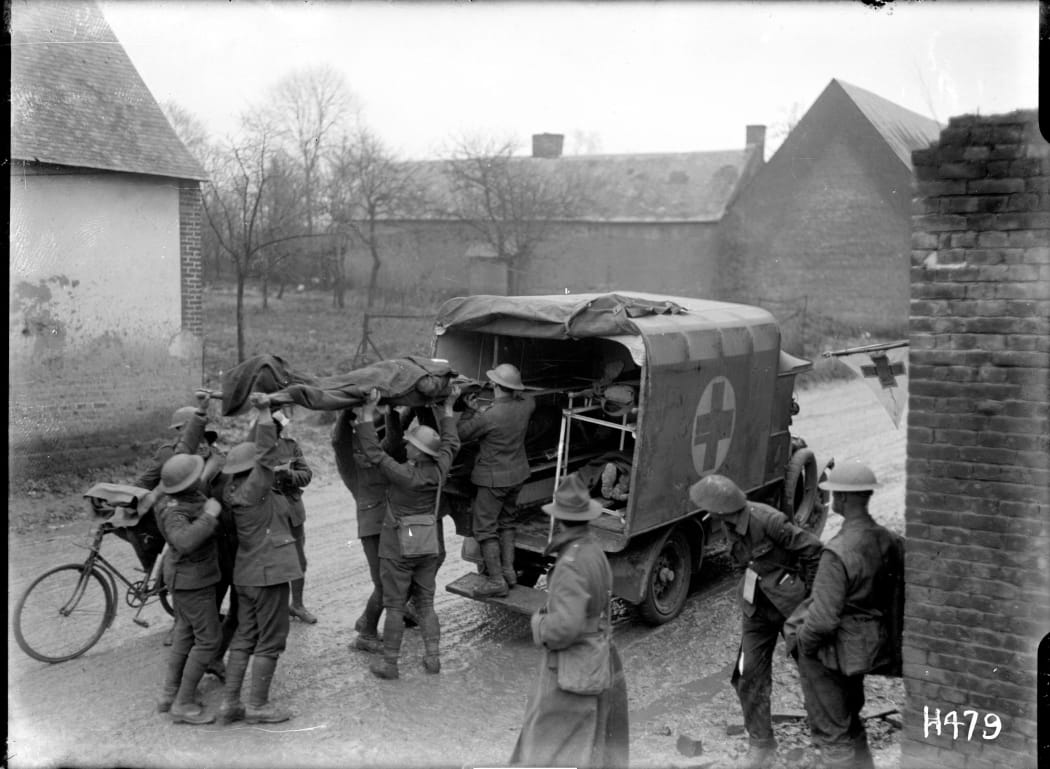A long-forgotten antiseptic, used in World War I, could help make people more resistant to disease spread during a pandemic.

The Spanish Flu of 1918 killed tens of millions of people worldwide. Photo: ALEXANDER TURNBULL LIBRARY
Acriflavine has not been used in more than 50 years and Michael Gantier, from Melbourne's Hudson Institute of Medical Research, is part of the team that has just rediscovered it.
Dr Gantier told Afternoons the drug, which is made from coal tar, was initially discovered by a group of Nobel-prize winning scientists in 1912, and in 1913, one of their students realised it was very good at stopping bacteria from multiplying.
It was used during WWI up to the end of WWII, and was applied directly onto cuts or in bandages. It worked by binding the DNA of bacteria, mutating it and stopping it from growing.
However, it was displaced by penicillin which was more effective in battling internal infections.
Dr Gantier says his team discovered that acriflavine also binds the DNA of cells in patients which, used in low doses and for short periods of time, instigates an immune response that helps fight infection.
Their work shows acriflavine is very good at preventing viral infections, and could be used to combat pandemics by pre-treating at-risk populations such as children, the elderly or health workers.

